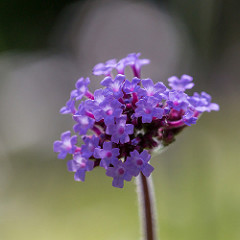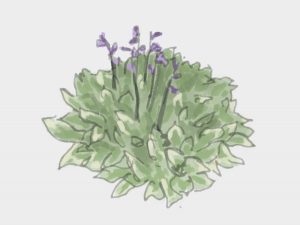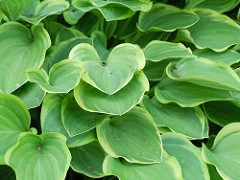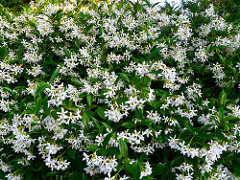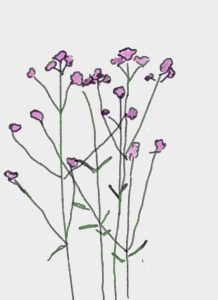 Verbena bonariensis, tall verbena
Verbena bonariensis, tall verbena
Family: Verbenaceae
Description:
Closely related to the mint family, this annual is comprised of small opposite leaves that sit decussately on tall, square stems. Terminal clusters of small purple flowers are rounded and persist for months, typically from mid-summer to early fall. The stiff stems create open and symmetrical form.
Growing conditions:
This species requires well-drained soil and prefers sandy soil with little nutrition. It is not very cold hardy and should not be planted in higher elevations.
Suitable uses:
Verbena bonariensis is a brings regularity and stiffness to the landscape. The tall, upright form creates an architectural presence while still remaining airy and open.
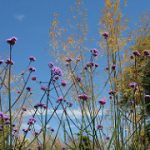
CC Image courtesy of Gerry Popplestone on Flickr

